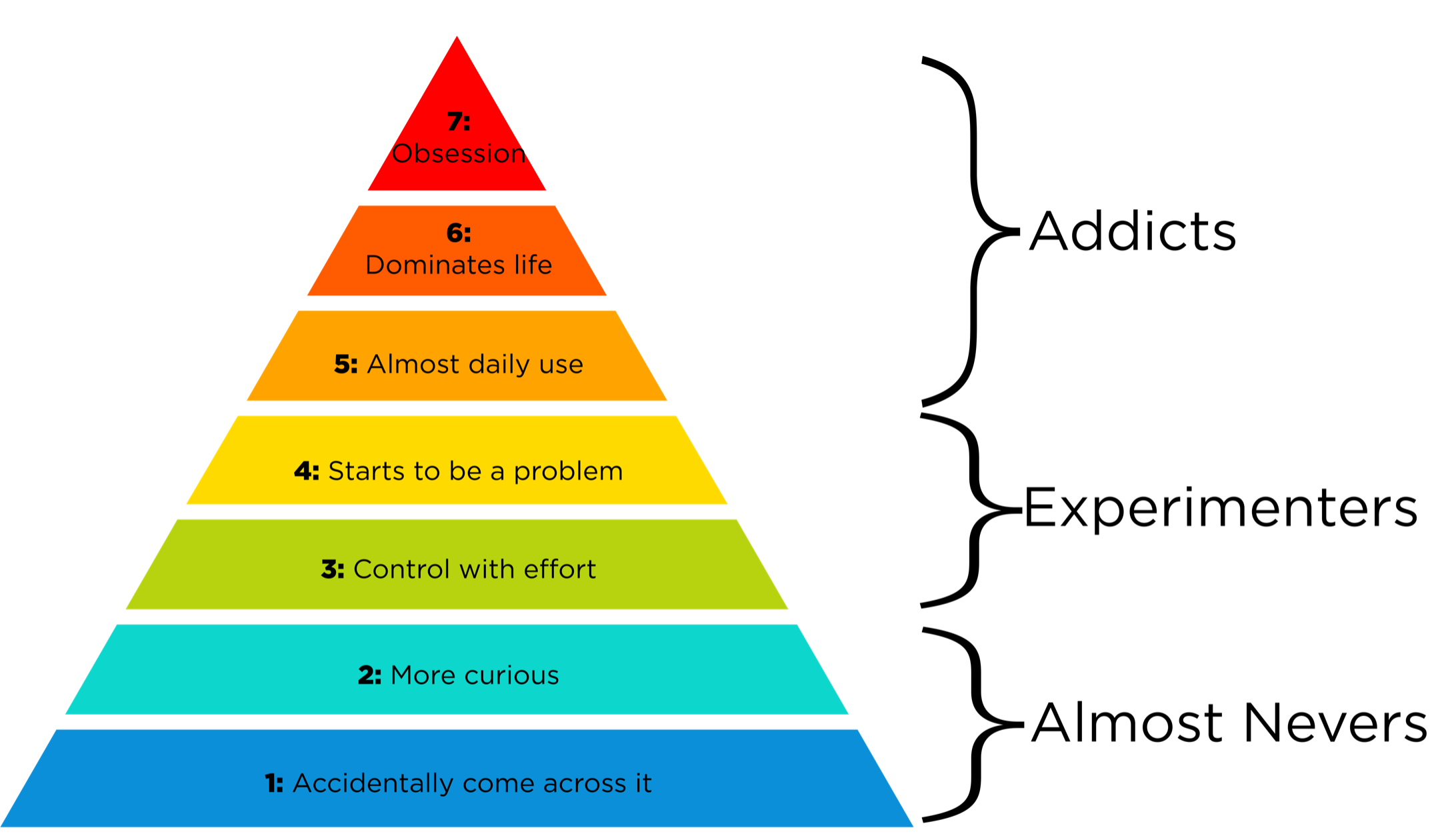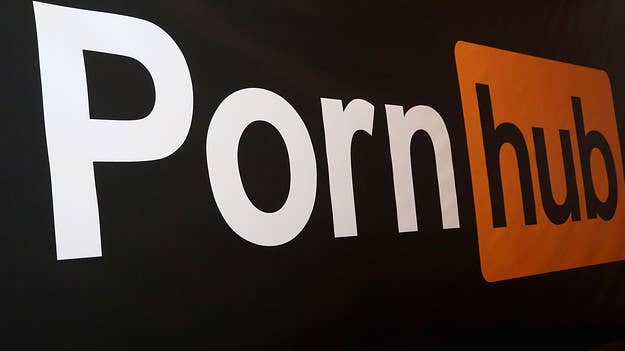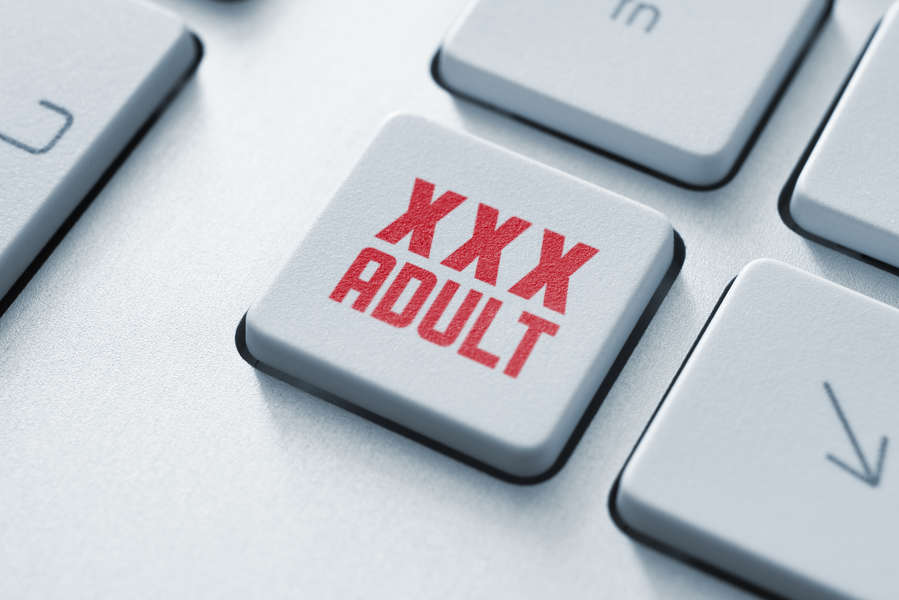The very idea of "porn on Detroit billboard" is that, quite frankly, it grabs your attention and sparks a whole lot of conversation. It's almost guaranteed to get people talking, whether they're shocked, upset, or perhaps even curious. A public display of adult content, especially in a prominent city like Detroit, usually stirs up a real whirlwind of opinions and feelings among folks. It brings to the surface some very deep questions about what we see in public, what's okay, and what isn't.
You see, this isn't just about a picture on a big sign; it's about community standards and how different groups of people feel about what's appropriate for everyone to see. There's a delicate balance, you know, between free expression and protecting public spaces, especially for children. So, when something like this comes up, it really makes us think about where those lines are drawn, and who gets to decide.
What's more, this kind of discussion often connects directly to the vast world of online content we live with every day. The internet, as we all know, is pretty much a limitless place for all sorts of material, including a huge amount of adult content. So, how do our experiences with what's readily available online shape our reactions to something much more visible, like a billboard in the middle of a city? That's a question worth exploring, and it really gets to the heart of how our digital lives might influence our views on physical public spaces, too.
Table of Contents
- The Public Square and Content Boundaries
- Echoes from the Digital Landscape
- Societal Reactions and Ongoing Conversations
- Looking Ahead: The Future of Public Content
- Frequently Asked Questions
The Public Square and Content Boundaries
When Public and Private Worlds Meet
Imagine, for a moment, seeing something like "porn on Detroit billboard." It's a pretty stark image, isn't it? This scenario really highlights the difference between private consumption and public display. What someone chooses to view in their own home is, of course, their own business. But a billboard, well, that's something everyone sees, whether they want to or not. It's a very public space, and that changes everything.
The shock factor comes from this sudden collision of private material with a shared environment. People often feel that public spaces should be generally safe and suitable for all ages. So, a billboard showing adult content could be seen as a violation of that shared expectation. It's about what we, as a community, decide is acceptable for our collective visual landscape, and that can be a rather heated discussion.
This kind of event, if it were to happen, would definitely test the boundaries of what a community tolerates. It would force people to really think about what they value in their public environment. It's a moment when different beliefs about decency, freedom, and protection all come to a head, and that's usually when strong feelings emerge.
Legal Aspects and Local Ordinances
When we talk about something like "porn on Detroit billboard," there are, of course, legal questions that come up pretty quickly. Generally speaking, there are laws and local rules that control what can be shown on billboards and other public signs. These rules are often put in place to protect children and to keep public spaces from becoming too visually offensive for most people.
Many places have rules about obscenity or indecency in public advertising. What counts as "obscene" can be a bit tricky to define, and it often depends on community standards. So, something that might be allowed in one place might be totally against the rules in another. These laws aim to strike a balance between allowing free expression and maintaining a certain level of public order and decency, which is a fairly complex task.
If such a billboard were to appear, legal action would very likely follow very quickly. This could involve fines, orders to remove the advertisement, or even criminal charges, depending on the specific content and local laws. It's a clear reminder that while free speech is important, it doesn't mean you can put just anything anywhere, especially when it comes to public displays that affect a whole community.
Echoes from the Digital Landscape
The Vastness of Online Adult Content
Now, let's think about how different the online world is from a physical billboard. The internet, as we know, is home to an incredibly wide array of adult content. There are, for instance, huge online communities that serve as hubs for collecting images from all over the web, making them easy to find. Other places are very specific, focusing on particular kinds of adult material, sometimes even involving animated characters or very niche interests.
You can find discussions about the adult game industry, with many creators getting support directly from fans. There are also places where people share their own homemade or amateur videos and pictures, showing real people in intimate situations. Some communities focus on very particular physical acts or movements, while others are all about AI-generated adult content, which is a fairly new development in this space.
It's interesting, too, that some online groups are dedicated to sharing content related to "hotwife" or "wife sharing" scenarios, and there are even spaces specifically for women to talk about pornography together, creating a different kind of shared experience. This sheer variety and accessibility online mean that many people are, perhaps, more exposed to adult content than ever before, which then influences how they might react to something like "porn on Detroit billboard."
From Niche Communities to Broad Discussions
The existence of these incredibly diverse online communities, from those sharing very specific kinds of content to those focused on the adult game industry, changes the way we think about adult material. In these online spaces, people often find others who share their exact interests, no matter how specialized they might be. This creates a sense of belonging and acceptance within those particular groups.
However, when content from these niche online worlds potentially spills into public view, like on a billboard, the reaction is usually very different. What's acceptable within a closed, opt-in online community is often not acceptable for a general public audience. This contrast highlights the ongoing tension between personal freedom in digital spaces and the collective values of a physical community.
So, while online platforms allow for an almost limitless range of expression and consumption, a public display like "porn on Detroit billboard" forces a broader societal conversation. It makes us consider the different standards that apply to different spaces, and how our increasingly digital lives might affect our expectations for public decency and shared environments, which is a fairly big topic.
Recovery and Support: Another Side of the Story
It's also important to remember that the online world of adult content isn't just about consumption and niche interests. There's another side to the story, one that involves support and recovery. For example, some online communities are specifically designed as safe places for people who are looking to "recover" from adult content addiction or who want to manage their consumption habits. This is a very important aspect that often gets overlooked.
These spaces offer a different kind of community, one focused on helping individuals with their personal struggles related to adult material. They provide resources, encouragement, and a place to share experiences with others who understand. This shows that the impact of adult content is multifaceted, affecting people in many different ways, not just in terms of what they choose to view.
The existence of these support communities adds another layer to the discussion about public displays of adult content. It reminds us that for some people, exposure to such material, even unintentionally, can be a real challenge. This perspective often plays a part in the arguments for stricter controls on public advertising, highlighting the human impact beyond just the legal or moral debates.
Societal Reactions and Ongoing Conversations
Diverse Viewpoints and Debates
A hypothetical "porn on Detroit billboard" would, without a doubt, ignite a firestorm of debate, bringing out many different viewpoints. On one side, you'd have people passionately arguing for freedom of speech. They might say that as long as it's not illegal obscenity, anyone should be allowed to display what they want, even if it makes some people uncomfortable. This perspective really emphasizes individual liberties and the idea that censorship can be a slippery slope.
On the other hand, many would argue just as strongly for community protection, especially when it comes to children. They might feel that public spaces should be free from adult content, believing it's harmful or inappropriate for general viewing. This viewpoint often focuses on shared values, public decency, and the responsibility to create a safe environment for everyone. These two sides, free speech versus community standards, are often at odds in such discussions, and that's perfectly natural.
Then, too, there are those who might take a more nuanced approach, perhaps suggesting that while the content itself might be legal, the context of a public billboard makes it problematic. They might propose solutions that balance different interests, like stricter zoning for adult advertising or clearer definitions of what's allowed. It's a very complex issue with no simple answers, which is why these conversations tend to be rather long-lasting.
The Role of Media and Public Discourse
When something as attention-grabbing as "porn on Detroit billboard" enters the public consciousness, the media plays a really big part in shaping the conversation. News outlets would likely report on it extensively, featuring interviews with upset citizens, legal experts, and free speech advocates. This coverage helps to spread awareness, but it also influences how people perceive the event.
Social media, of course, would also explode with reactions. People would share their opinions, photos, and even memes, creating a very fast-moving and often emotional discussion. This online chatter can amplify certain viewpoints and quickly turn a local incident into a national talking point. It's a powerful tool for public discourse, but it can also make it harder to have a calm, reasoned debate.
The way these conversations unfold, both in traditional media and online, is pretty important. They reflect and sometimes even shape the community's overall stance on adult content in public. These discussions are a vital part of how society grapples with changing norms and the ongoing tension between individual freedoms and collective well-being, which is a topic that continues to evolve.
Looking Ahead: The Future of Public Content
Technology's Influence on Public Displays
Thinking about "porn on Detroit billboard" also makes us consider the future of public advertising and how technology might play a part. Digital billboards are becoming more and more common, offering dynamic content that can change quickly. This raises questions about how easy it might be to display certain kinds of material, and how quickly it could be taken down if it causes problems. The speed of digital displays means reactions might need to be faster, too.
With the rise of AI-generated content, like the tools used to create adult videos or images, the possibilities for what could be displayed, even accidentally or maliciously, become even more complex. Imagine AI creating something that ends up on a public screen; it presents new challenges for oversight and control. This technology is pretty powerful, and it means we need to think ahead about its potential uses and misuses in public spaces.
So, as technology keeps moving forward, the debates around public content are likely to become even more intricate. We might see new kinds of regulations or even technical solutions designed to prevent unwanted displays. It's a continuous balancing act between innovation and maintaining community standards, and that balance will keep shifting as new tools become available.
Shaping Community Norms
Ultimately, incidents like the idea of "porn on Detroit billboard" are moments that help shape community norms. They force people to openly discuss what they believe is acceptable and what isn't. These conversations, though sometimes uncomfortable, are a vital part of how a society decides its shared values. They help to clarify what a community stands for and what kind of environment its residents want to live in.
The dialogue that comes from such events can lead to changes in local laws, new advertising policies, or simply a clearer understanding of what the majority of people in a given area expect from their public spaces. It's a process of collective decision-making, even if it's messy at times. These discussions are, in a way, a reflection of a community's evolving identity and its ongoing effort to balance various interests and beliefs.
So, while the idea of a "porn on Detroit billboard" might seem like a simple issue, it actually opens up a much wider discussion about our society, our technology, and our shared future. It's a chance to really think about what we want our public spaces to be like, and how we can all live together with different views. Learn more about public decency laws on our site, and link to this page for more on advertising regulations.
Frequently Asked Questions
Is public display of adult content legal?
Well, that really depends on the specific content and where it's being shown. Most places have laws against obscenity or indecency in public. What counts as "obscene" can vary a bit based on local community standards, so something might be allowed in one area but not in another. It's a pretty complex legal area, actually.
How do communities react to adult content billboards?
Typically, communities react with a lot of strong feelings, ranging from shock and anger to calls for immediate removal. There's often a big debate between those who value free speech and those who prioritize public decency, especially for children. It's a topic that usually gets people talking quite a lot.
What are the arguments for and against public adult content?
Arguments for often focus on free speech rights, saying that as long as it's not illegal, people should be able to display what they want. Arguments against usually center on protecting children, maintaining community standards, and preventing offensive material in public spaces. It's a classic conflict between individual liberty and collective well-being, really.



Detail Author:
- Name : Vena Runolfsdottir
- Username : dooley.oscar
- Email : vwill@frami.info
- Birthdate : 2005-04-08
- Address : 85714 Kutch Camp Suite 076 New Darrenstad, IN 45793
- Phone : 1-404-494-5125
- Company : Towne and Sons
- Job : Order Filler
- Bio : Consequatur natus ullam sed aliquam unde. Illo magni laboriosam minima dolor. Reiciendis pariatur est ut asperiores. Sit mollitia ratione id ipsum et omnis qui hic.
Socials
linkedin:
- url : https://linkedin.com/in/greg1556
- username : greg1556
- bio : Magnam laudantium vitae voluptatibus in.
- followers : 6900
- following : 2485
tiktok:
- url : https://tiktok.com/@greglehner
- username : greglehner
- bio : Dolorem possimus aut explicabo adipisci labore consequatur.
- followers : 2770
- following : 338
facebook:
- url : https://facebook.com/greg_xx
- username : greg_xx
- bio : Est sed fugit tempore sint deserunt vitae.
- followers : 610
- following : 354
twitter:
- url : https://twitter.com/lehnerg
- username : lehnerg
- bio : Magni tempore quisquam voluptas. Sit expedita est repellendus rerum quod magni. Eaque ad iste vel in architecto. Esse rerum non et accusantium.
- followers : 2380
- following : 1667
instagram:
- url : https://instagram.com/greglehner
- username : greglehner
- bio : Error consequuntur molestias porro aut dicta. Harum magnam eum illo ea natus ad qui.
- followers : 6232
- following : 2768